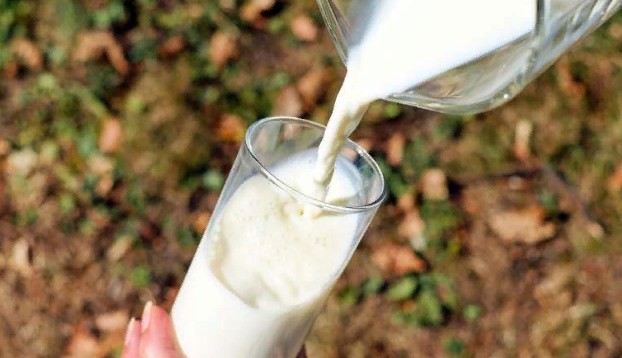Every year, around one-third of the food produced is never consumed. Before the food reaches us, a lot of waste happens in the supply chain. Consumers, on the other hand, are responsible for a major part of food waste when they throw away food because it has gone bad or they suspect it has gone bad.
Greenhouse gas emissions are a byproduct of all food production. So, not only is wasting food bad for your wallet, but it’s also bad for the environment.
Morrisons recently stated that it will replace «use by» dates on milk with «best before» dates. It claims that this will prevent the waste of seven million pints of its own-brand milk per year.
Milk is the third most wasted food item in the home (after potatoes and bread), with over 490 million pints thrown away in the UK each year, according to the British charity WRAP. As a result, modifying the recommendation to encourage consumers to retain their milk for longer periods of time is likely to be beneficial to the environment. Is this, however, a safe move for consumers? Yes, to put it succinctly.
Let’s start with the terms «use by» and «best before,» which have long caused consumers to be perplexed.
The «use by» date is the period during which the manufacturers believe the product will be safe. This is based on scientific research that has determined how long a product can be stored before the risk of hazardous bacteria reaches dangerous levels. Use-by dates can be found on goods that can be dangerous if stored for too long, such as cooked meats and dairy products.
The term «best before» refers to the product’s quality. This date indicates how long you can store anything before it begins to lose its freshness or quality (for example, how long you can store bread before it gets a bit stale).
However, this does not rule out the possibility of eating the product after the expiration date. Best-before dates are commonly found on preserved items, such as canned or frozen meals, which may be properly stored for a long period.
How about some milk?
Milk, after all, is a dairy product, so you might believe it belongs in the «use by» category. However, because of a procedure known as pasteurization, switching to a best-before date is really safe for customers. Pasteurization involves heating milk to a high temperature for a short period of time. This destroys microorganisms that can be found in raw milk and cause human diseases (often called «pathogens»).
Despite the fact that pathogens are eliminated during the pasteurization process, certain non-harmful microorganisms persist in pasteurized milk. To prevent the growth of these residual microorganisms, milk is kept at a low temperature (in the fridge).
They will, however, continue to develop, and it is the expansion of these harmless bacteria that causes the milk to deteriorate. As the microorganisms multiply, enzymes are produced to aid in the breakdown of the milk, causing the milk to curdle and emitting the «off» odor we associate with spoilt milk.
Notably, even when pasteurized milk starts to go bad (and we must emphasize that this ONLY pertains to pasteurized milk), there’s no evidence that the microorganisms growing in the milk will cause you any serious harm. If you drink a lot of bad milk, you might get an upset stomach, but there’s no evidence that ruined milk causes infections or other serious illnesses.
The best-before date represents the manufacturer’s best guess as to how long the milk should last in the fridge before you can smell, taste or both detect any deterioration. Because each batch of pasteurized milk is different and contains varying amounts of these non-harmful bacteria, the best-before date is merely an estimate of when the milk with the most bacteria will perish. Many batches of milk, however, will last much longer—hence Morrisons’ shift in recommendations.
Sniffing test
Morrisons recommends performing a «sniff test» to determine whether the milk is safe to consume. This is sound guidance. The milk is safe to consume if there is no visible indication of spoiling.
If you’ve lost your sense of smell or don’t want to sniff the milk, just pour it into a cup of hot water and stir it around like you’re making tea. It’s starting to turn if it curdles; if it mixes in normally, it’s fine to use.
Should you toss away milk that has gone bad? It’s probably not going to taste very delicious if you’re just sipping it. However, milk that is starting to change can be used as buttermilk, yogurt, or sour cream alternative in recipes such as rice pudding, pancakes, and scones, or to make cheese sauces.
If the milk has truly deteriorated (it’s entirely separated, cheesy, and slimy), it should obviously be discarded.
Once again, this recommendation only applies to pasteurized milk. Pathogens can still be present in raw milk, thus they should never be drunk after the expiration date.
This suggestion cannot be generalized because different foods naturally contain different types of microorganisms. Pathogens in different types of foods can reach harmful levels without any obvious signs of rotting. So, in general, it’s best to stick to the use-by date.
When it comes to pasteurized milk, however, we may use common sense to balance expiration dates and limit the environmental impact of food waste.






Be the first to comment on "Why milk will probably last longer than you think"